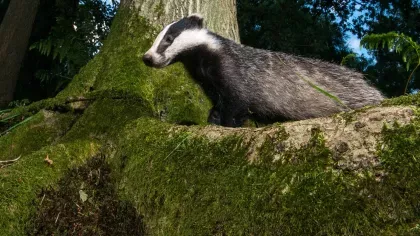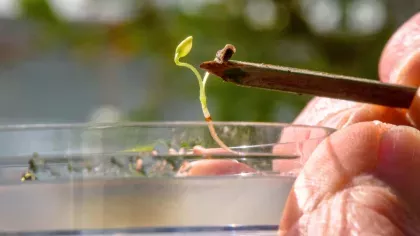17 March 2021
4 things you didn’t know you could do in the Loder Valley
Discover a 3.5 mile trail of outstanding natural beauty.

From ancient woodlands to a host of animals, insects and birds, a walk around the Loder Valley Nature Reserve will be one like no other.
As part of the High Weald Area of Outstanding Natural Beauty, don't forget to bring your camera with you and test your nature photography skills.

1. Walk amongst ancient history
This stunning, wild landscape is marked with rolling hills studded with trees and sandstone outcrops that have been around since medieval times.
As an ‘ancient’ land, this woodland has enjoyed a lush green cover as early as 1600s; and the delicate trickle of narrow streams existed thousands of years before that.

The UK’s ancient woodlands now only cover 2.5% of the country but are still home to a special ecosystem of animals, plants, fungi and microorganisms.
Our nature warden has even found a 4,000-year-old tang and barbed arrowhead in the valley that dates back to the early bronze age (Mesolithic era).
Today, the valley gets its name from Gerald Loder, Wakehurst’s owner from 1903-1936 and a passionate plantsman.
Did you know? Wakehurst was the first botanic garden in the world to open a nature reserve within its estate for the conservation of native flora and fauna in 1980.
2. Go wildlife spotting
An incredible range of creatures can be found on this extensive natural landscape.
Over 100 resident bird species live here, with plenty more visiting including ospreys (Pandion haliaetus) and hobbies (Hypotriorchis).
We also have hides that any visitor can use, or a bench and woven willow wall from which you can spot the kingfishers (Alcedinidae) as they breed.

Or keep your eyes peeled for one of the 30 species of butterflies that have been spotted on the reserve, like the clouded yellow butterfly (Colias croceus).
Sleepy dormice (from the Gliridae family) are either cozied up along the ground or found nesting in one of the 250 nesting boxes between April – October as part of the National Dormouse Monitoring Programme. Considering they hibernate for up to half a year, you’ll have to creep past them quietly!
And at dusk, the badgers (from the family Mephitiae) come out to play. Book a place on our seasonal badger-watching evening to wait for these nocturnal fellows to show.
Did you know? Hibernation increases the dormouse life expectancy for up to seven years. Their furry tail helps maintain their body temperature during this time.

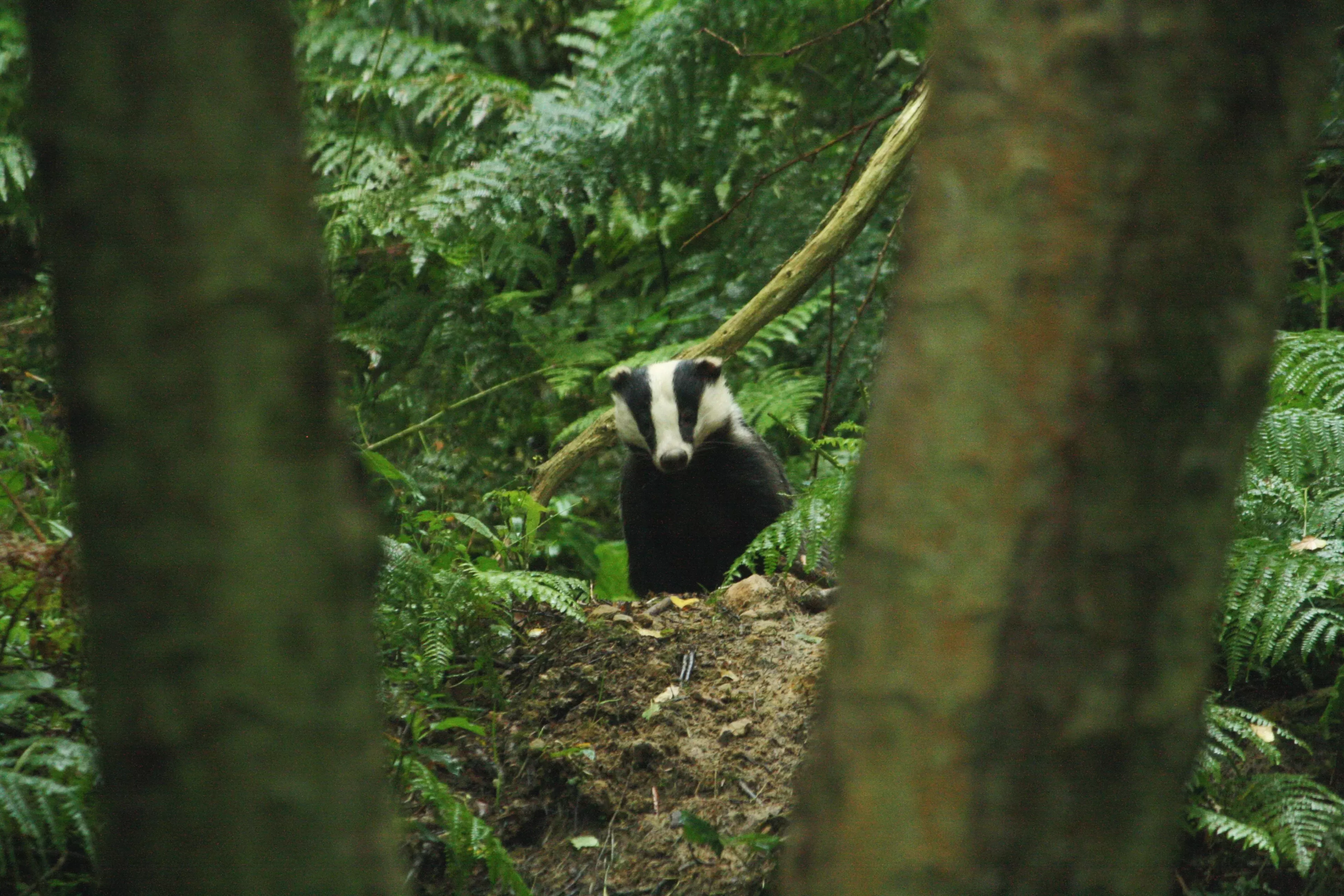

3. See our experts in action
This nature reserve might look like it is left to grow wild, but our expert horticulturalists work hard to maintain its biodiversity and conservation features.
Traditional approaches like cutting hay and grazing sheep help us maintain the beauty and biodiversity of the landscape, conserving hundreds of plant species and the insects, birds and mammals they support.
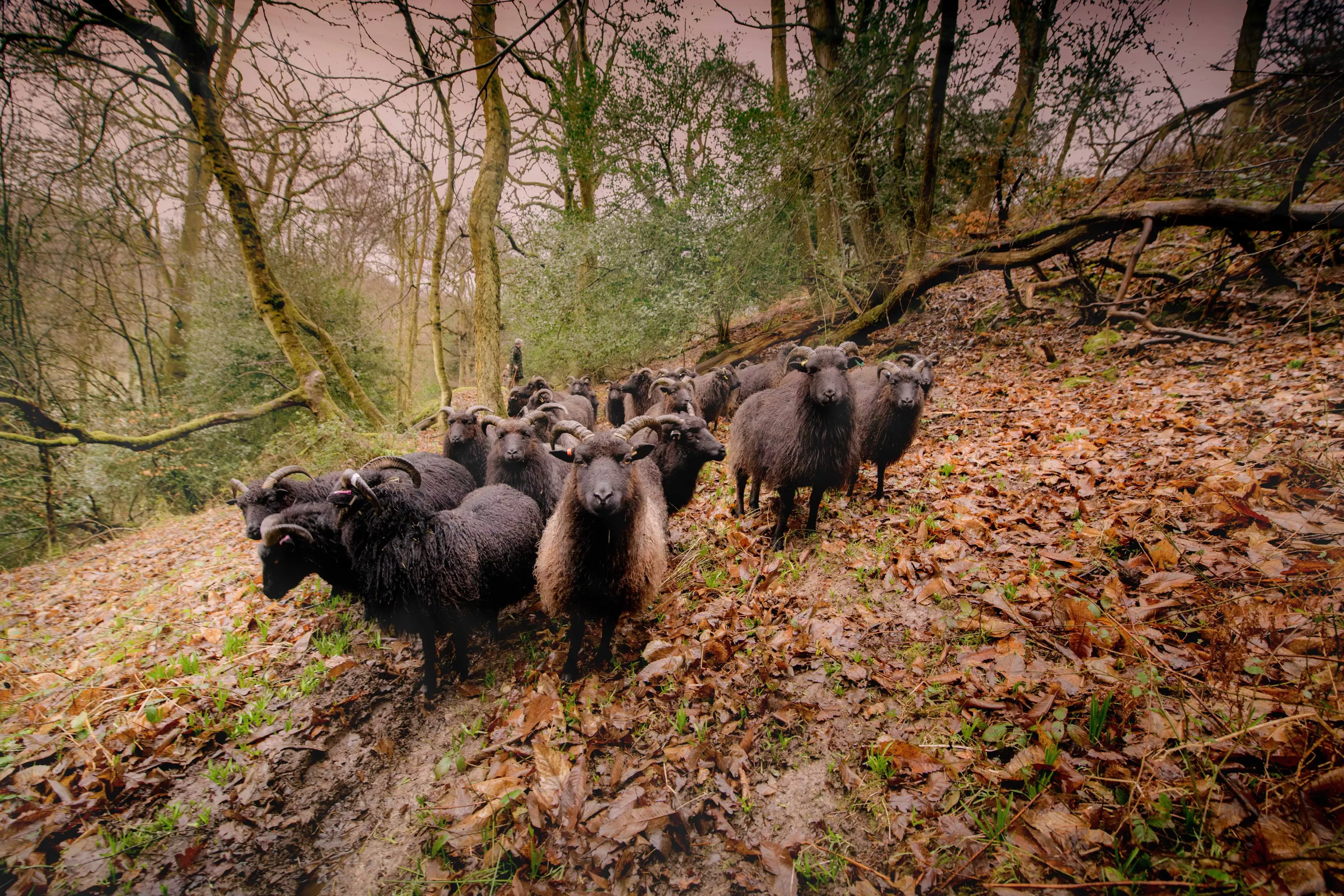
Our scientific researchers work with students to use this land to monitor and study meadow habitats so that they can make recommendations and observations on how to preserve this special ecosystem around the UK.
The land is also coppiced, cutting the stems of trees in the woodlands to ground level. This lets the shoots grow up from the remaining stools, and we re-use the stems for hedge laying and as bean poles and pea sticks.
We even make our own charcoal, moving a portable steel kiln from coppice to coppice. Learn more on how we make sustainable charcoal.
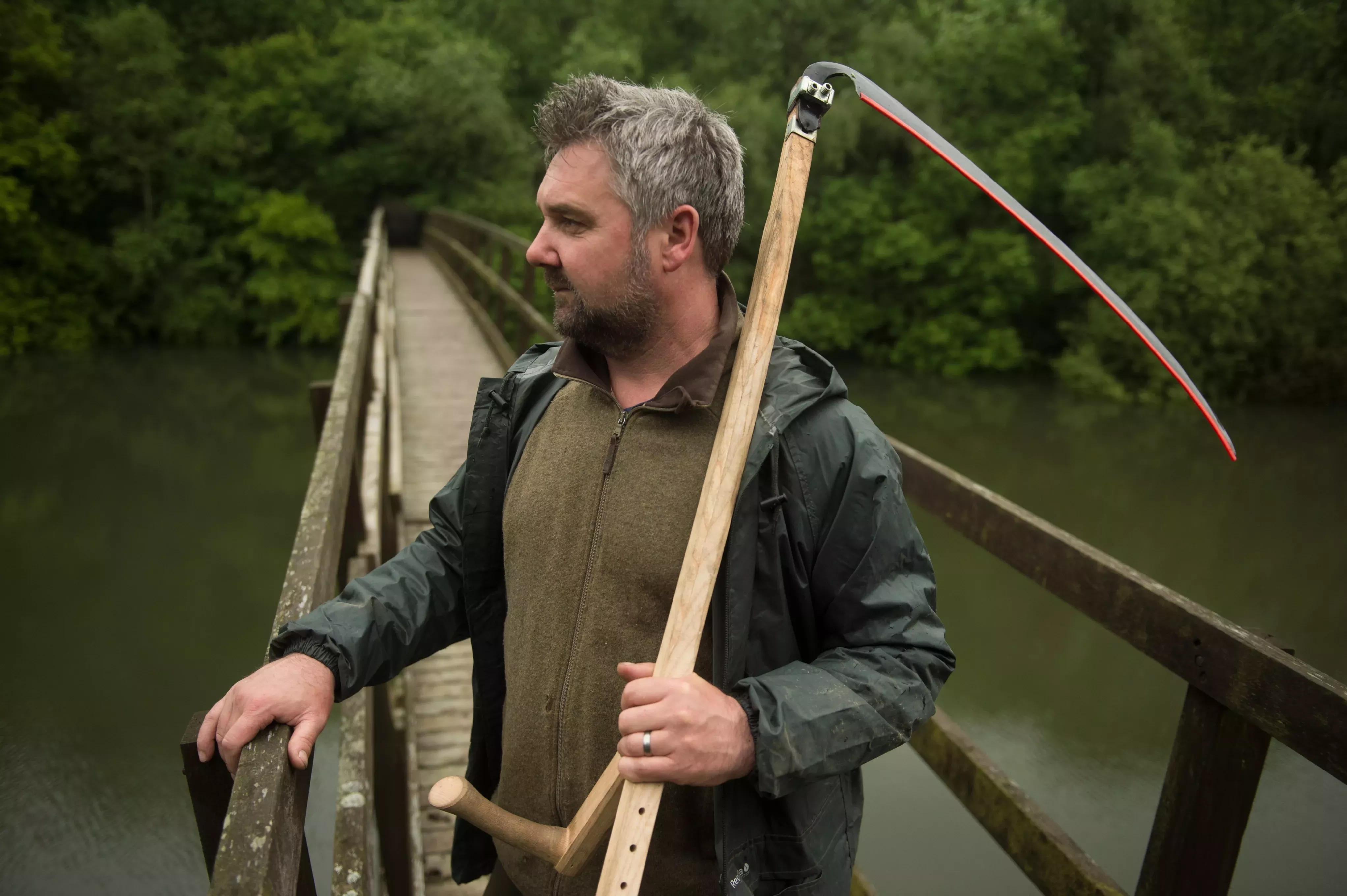
These coppicing and charcoal practices reflect the medieval history of the landscape, as farming would have been unlikely due the hilly land.

4. Wander across multiple ecosystems
A walk through this magnificent 3.5 mile trail takes you on a tour of some of the UK’s most biodiverse habitats.
Our wetlands include the expansive Ardingly Reservoir as well as marsh, reed-swamp and secluded ponds.
Plants such as gypsywort (Lycopus europaeus) and meadowsweet (Filipendula ulmaria) flourish in the ghyll streams (narrow streams with a steep wooded bank) and the reservoir.
The path will take you through Hanging Meadow, an ancient grassland that is speckled with wildflowers and hums with the gentle buzz of insect life throughout the warmer seasons.

Check off a woodland habitat on your walk, with its rich undergrowth of brambles and hazels that hide the dormouse nesting boxes.
Don't forget to pick up a map from our Visitor Centre before you enter the Loder Valley Nature Reserve.

.jpg.webp?itok=uepvWfHw)
